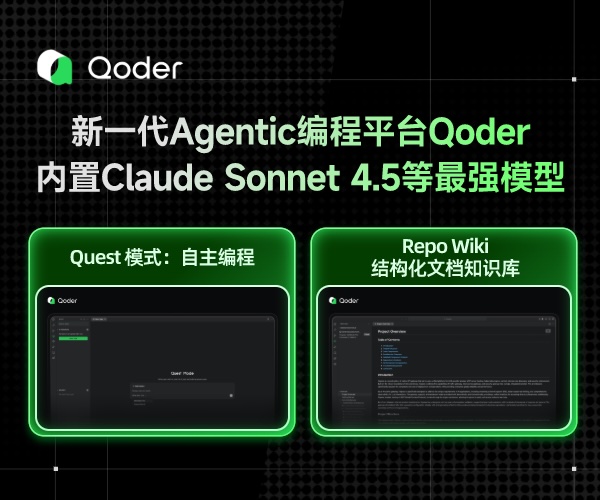在工业控制中,Modbus RTU CRC16的校验码用的比较广泛,包括本人富士产品中,PC与伺服电机以及PC与VP系列的变频器的Modbus RTU通讯中都使用到了CRC16.
而对CRC16的计算的方式基本上有2种:第一种,使用双循环依照CRC的计算方法进行计算,第二种,采用查表的方式。本人愚钝无比,从网络上搜来的查表法都与实际的正确CRC16的结果有所差异,因此编写了一个小程序供自己使用。
软件的界面很简单,输入诸如“010303020014”的值,然后每2个字符作为一个字节,填入字节数,然后就可以计算出校验码,校验码的多项式为:X16+X15+X2+1.
实现的源代码如下:
unit Unit1;
interface
uses
Windows, Messages, SysUtils, Variants, Classes, Graphics, Controls, Forms,
Dialogs, StdCtrls;
type
TForm1 = class(TForm)
Edit1: TEdit;
Button1: TButton;
Edit2: TEdit;
Edit3: TEdit;
Label1: TLabel;
Label2: TLabel;
Label3: TLabel;
Memo1: TMemo;
Label4: TLabel;
function CalCRC16(AData:array of Byte;AStart,AEnd:Integer):Word;
procedure Button1Click(Sender: TObject);
private
{ Private declarations }
public
{ Public declarations }
end;
var
Form1: TForm1;
implementation
{$R *.dfm}
//××××××××××××××××××××××××××
// CalCRC16用于计算Modbus RTU的CRC16
// 多项式公式为X16+X15+X2+1
//××××××××××××××××××××××××××
function TForm1.CalCRC16(AData:array of Byte;AStart,AEnd:Integer):Word;
const
GENP=$A001; //多项式公式X16+X15+X2+1(1100 0000 0000 0101)
var
crc:Word;
i:Integer;
tmp:Byte;
procedure CalOneByte(AByte:Byte); //计算1个字节的校验码
var
j:Integer;
begin
crc:=crc xor AByte; //将数据与CRC寄存器的低8位进行异或
for j:=0 to 7 do //对每一位进行校验
begin
tmp:=crc and 1; //取出最低位
crc:=crc shr 1; //寄存器向右移一位
crc:=crc and $7FFF; //将最高位置0
if tmp=1 then //检测移出的位,如果为1,那么与多项式异或
crc:=crc xor GENP;
crc:=crc and $FFFF;
end;
end;
begin
crc:=$FFFF; //将余数设定为FFFF
for i:=AStart to AEnd do //对每一个字节进行校验
CalOneByte(AData[i]);
Result:=crc;
end;
procedure TForm1.Button1Click(Sender: TObject);
var
Data:array[0..255] of Byte;
i,j,Count:Integer;
Res:Word;
szData:string;
begin
szData:=Form1.Edit2.Text; //读入欲校验的字符串
Count:=StrToInt(form1.Edit3.Text); //读入需要计算的字符串长度
i:=1;
j:=0;
for j:=0 to Count-1 do
begin
if (i mod 2)=0 then //每2个字符放入一个字节中
i:=i+1;
if i>=Length(szData) then
exit;
Data[j]:=StrToInt('$'+copy(szData,i,2)); //取出字符并转换为16进制数
i:=i+1;
end;
Res:=CalCRC16(Data,Low(Data),Count-1);
form1.Edit1.Text:=IntToHex(Res,4);
end;
end.
原贴:
http://blog.163.com/shcima@yeah/blog/static/107821988201062105441133/






 浙公网安备 33010602011771号
浙公网安备 33010602011771号
你这个程序有问题,有空联系我,不对。我的QQ是992725706
好像计算出来的高2位和低2位应该对调才和设备的对上。